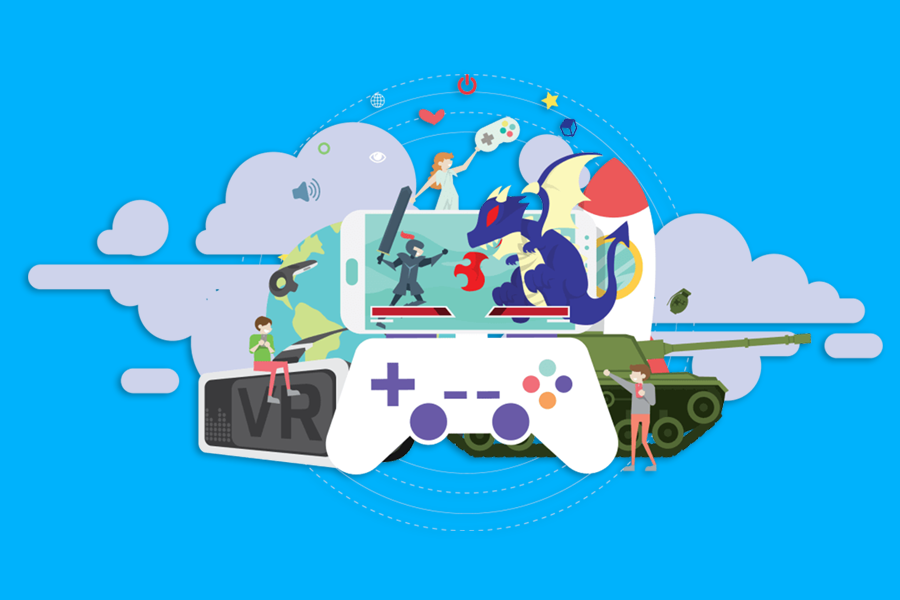Python for Kids: Parents’ Ultimate Guide to Python 2025

Python for kids might sound impossible but it’s not! Python is a text-based, real programming language that adults use but it’s also easy enough for kids to learn. In this guide to Python, we go through the way Python for kids works and brings wonderful results.
This guide to Python divides the information by the most important questions that may occur. Click on the links below to jump to any part you wish.
- What is Python?
- Why is Python a great choice for kids?
- What can kids do with Python?
- At what age can children start learning Python?
- What are Python libraries?
- How can I help my kids learn Python?
- Is the Python community helpful?

What is Python?
Pythons aren’t just snakes! Python is also a programming language created in the late 1980s by a Dutch programmer named Guido van Rossum and first released in 1991. The name is taken from a British comedy group called “Monty Python’s Flying Circus.” But what is exactly a programming language?
Programming languages allow you to command a computer to do whatever you want. Among them, Python is an easy-to-read, high-level programming language. By easy-to-read we mean that it uses concise words, significant whitespace, and fewer symbols compared to other languages.
As we said, Python is a high-level programming language which means that its syntax is closer to natural (human) language and therefore is more easily understood by programmers (humans). In contrast, low-level languages are machine-friendly. As a result, Python is an easy language to learn for everyone including kids.

Why is Python a great choice for kids?
Some of the things that make Python for kids awesome, fun, and really helpful are intrinsic, like the easy-to-learn nature of the language. However, there are also other factors involved that make learning Python an important step in coding for kids. Here are some bullet points to go through the 10 reasons why Python for kids is a great choice:
- It’s kid-friendly.
- Python for kids changes their attitude toward math.
- It is the most dynamic and versatile language.
- Python is cross-platform.
- Children can see the results of programming in Python almost instantly.
- Python for kids makes switching to other languages easy.
- The Python community is strong and supportive.
- It’s the best fit for machine learning and AI-based projects.
- Offers future job prospects for kids who know Python.
- Python isn’t going away anytime soon.
Read the full article here.
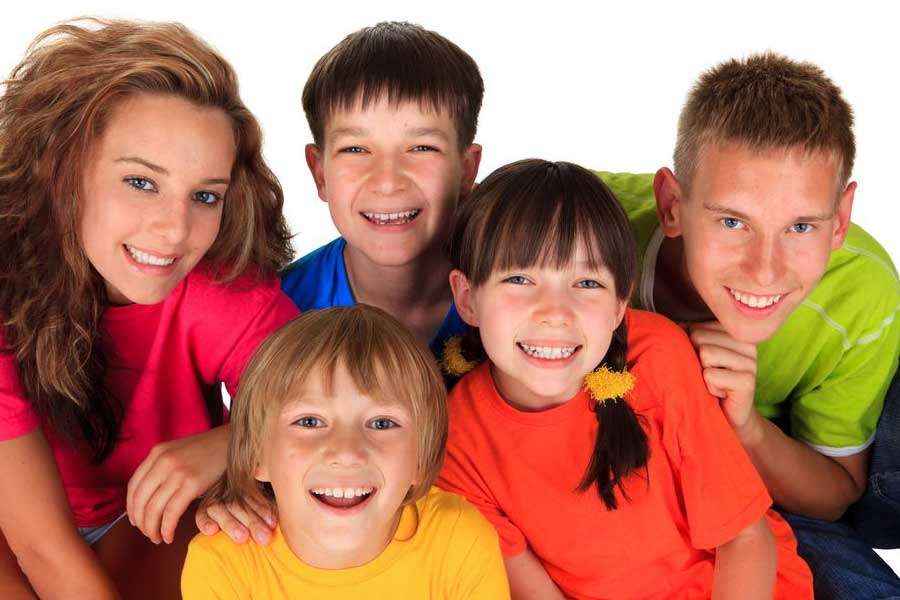
At what age can kids start learning Python?
The answer to this question is tricky! Because there’s no such thing as the best age to start coding with Python for kids. The best age for Python is based on your kid’s knowledge/experience with programming platforms and their understanding of the concept of coding itself. Doing unplugged activities can also help a lot in teaching kids key concepts. Now, what to do if your children have no or little experience?
If your child doesn’t have any experience and is less than 8 years old (4-8), we suggest ScratchJr. Scratch Junior is a block-based, drag-and-drop coding platform that is designed for pre-readers to make their own stories and games. You can also download the program and let your kid give it a try to find out if they’re interested in coding at all. But the easier and more efficient way is to watch one of our free lessons and continue with one of the different packages we offer for Scratch Jr.
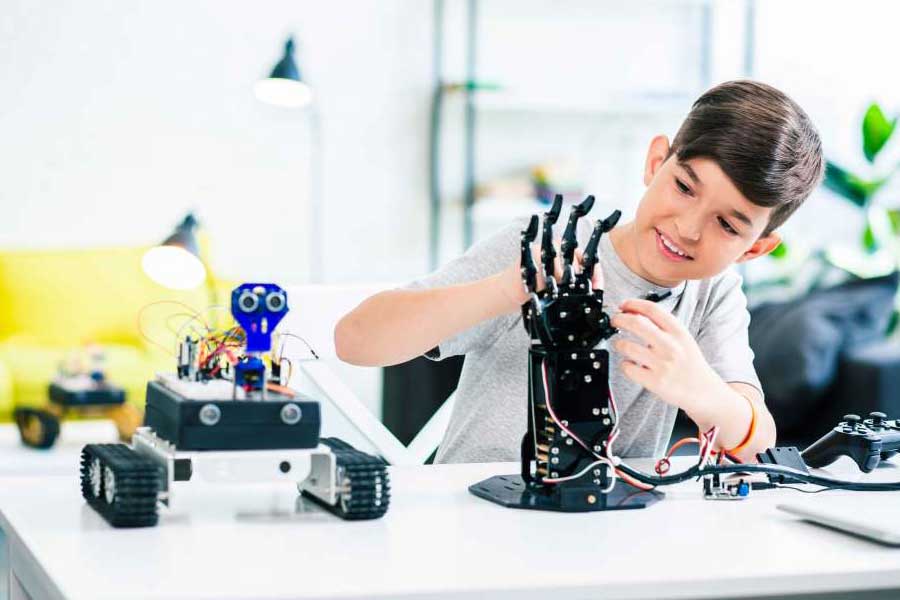
For kids between 7 and 12, we suggest Scratch 3.0 which is something like a harder version of Scratch Jr and is designed for kids who can read and write (but is still a block-based language). Like Scratch Junior, you can watch three free lessons on our website and then choose one of our different packages. Another option before considering Python for kids is coding with Minecraft. Minecraft, like ScratchJr and Scratch, teaches the fundamentals of coding in a gamified environment. Our Minecraft coding course uses a special training mode where kids learn problem-solving, algorithms, sequence, and other concepts by doing various projects.
Only after this stage kids are ready to start a text-based language. Besides, they should be able to read and write elementary English and handle typing on a keyboard. With having these things in mind while preparing this guide to Python for kids, we believe 9-year-olds can start it.
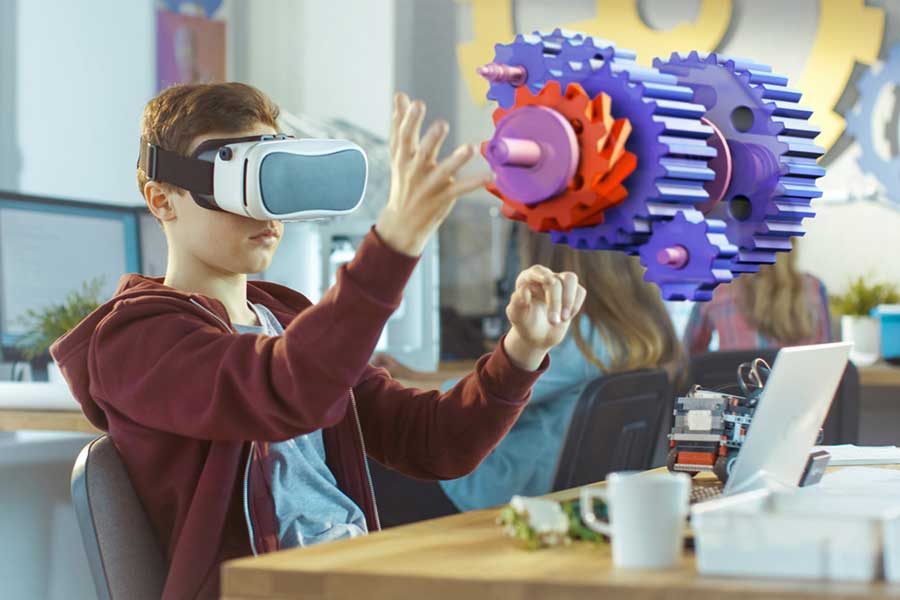
What can kids do with Python?
A guide to Python for kids can’t be useful if it doesn’t mention the things that children can do with it. Python is a multi-purpose language which means there are loads of things that kids can do. Building simple calculators and countdowns, emojis, guessing games, word games, problem-solving games, lists (daily routines), dictionaries, address books, mobile applications, websites, and even programming robots and drones are some of these things.
Apart from this, Python also provides some features which make building games or any other programs and applications easier. One of these features is the Turtle module that allows kids to draw complicated colorful geometric patterns.
In Embassy.education, we offer a well-planned Python for kids course in four beginner, elementary, intermediate, and advanced levels. Every student with prior knowledge of programming in Scratch and Minecraft can register and reach the advanced level in 35 sessions. During the course, kids have the opportunity to complete projects and even check them with their tutor to get feedback based on the package of their choice.
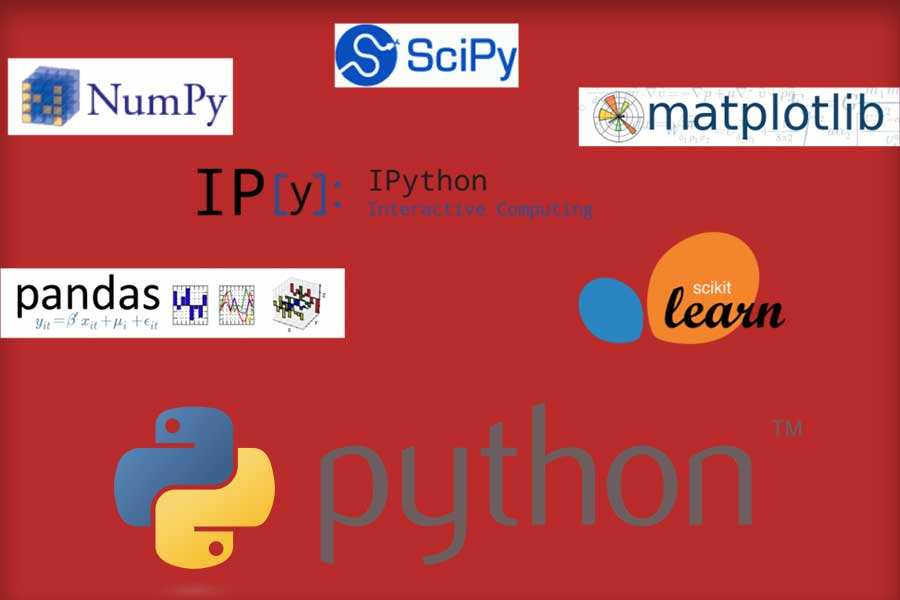
What are Python libraries?
If you take a look at a piece of code you’d see English words, numbers, and symbols. We need to type hundreds of these lines to execute a small program. This can be really time-consuming, so developers use something called a library to save the hassle of writing code from scratch. Libraries include modules, functions, syntax, and pretty much almost everything you need to build software. There are more than 137000 Python libraries present today. In this guide to Python for kids, we only introduce some of the most useful ones for kids.
Turtle: The turtle module allows kids to draw geometric colorful shapes in Python. This is the module we use at embassy.education.
Tkinter: Allows children to create their own Graphical User Interface. Buttons, widgets, register/login, and menus are the things that children can create with it. If it doesn’t seem fun enough, rock, paper, scissors, Tic Tac Toe, and Snake game may seem exciting?
Pygame: So your kid wants to build a more complicated game where the player can control external devices like a mouse or a keyboard? Pygame is a library designed for building 2-D games. There is an educational version named Pygame Zero which is a better choice for beginners.
NLTK (Natural Language Toolkit): This one is for processing texts in a natural language. For example, if kids want to find all mentions of the Aragorn’s sword in The Lord of the Rings, they can use this module.
Numpy (for drone programming) and Pytorch (for machine learning) are two other useful Python libraries for kids that are more suitable for middle and high schoolers.
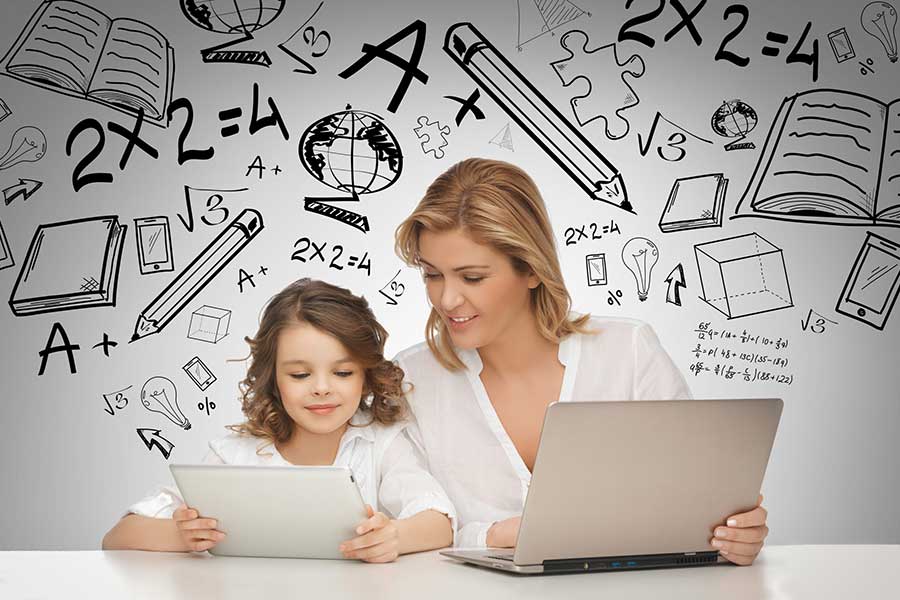
How can I help my kids learn Python?
The first step in teaching Python to kids is to get them ready! We earlier mentioned programs like ScratchJr, Scratch, Minecraft, and unplug activities to do so. If they’ve done these things before you have a couple of options.
There are different Python for kids courses that have suitable well-planned lessons. Embassy.education is one of the websites that offers online lessons, camps, and classes where you can try three lessons for free. We begin our course with concepts like loops, numeric & string variables, functions, filling, color palette, and continue with hand-on projects where children get to build their own calculators, emojis, lists, cartoons, dictionaries, and ASCII artworks. This is one of the easiest and most efficient ways for kids to learn Python with your minimum involvement.
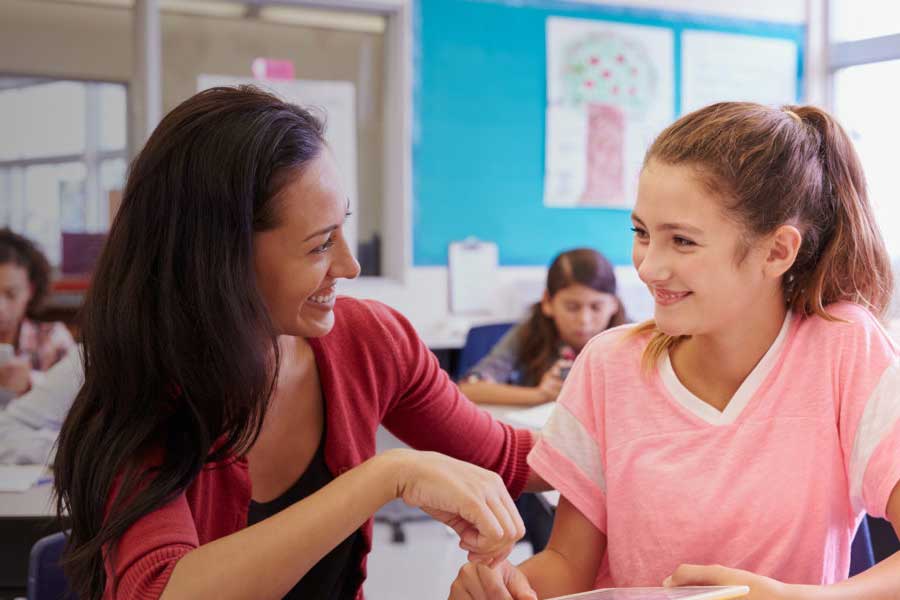
Another way to teach kids Python programming language is through coding books for kids, Python for Kids for Dummies, for instance. Such books teach programming through various simple projects. But, the problem with this method is that it demands a lot of time, energy, devotion, and intrinsic motivation; Kids may get frustrated or bored on the way.
Private tuition may be another option to consider but you should be very careful in finding the right tutor. This is because Python for kids requires a well-versed teacher who has a good command of the language himself/herself and knows how to make learning Python for kids fun. Our private tuition package includes 40 hours of online private tuition, creative assignments, and homework checking.
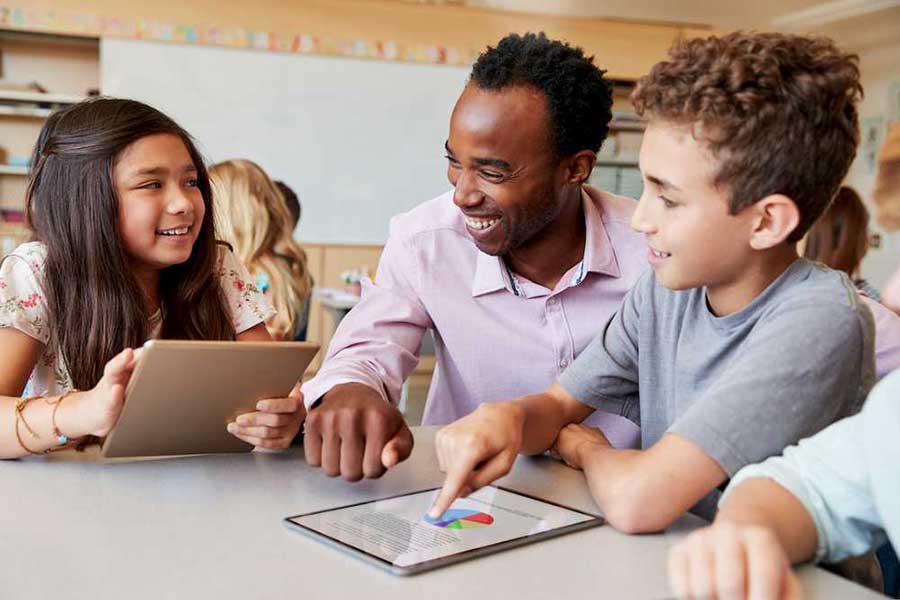
Is the Python community helpful?
“Great software is supported by great people, and Python is no exception.” This is the first sentence you’ll find about the Python community on www.python.org. It’s impressive to know that from the beginning of the Python creation, the Python community has done a marvelous job to make Python what it is today. To name some, mailing lists and newsgroups, Internet Relay Chat channels, forums, annual conferences and workshops, The Python Wiki, and Python Special Interest Groups are made to make life easier for anyone who wants to start their journey in Python. You can be sure that you’ll stay up to date and all your questions will be answered (if not done already!)
We hope we’ve answered all your questions in this guide to Python for kids. If not, drop a line or call us with no hesitation in case of having any questions about our Python course.
Editor: Michael Mitryakov | Writer: Negin P
Did you Like this article? Hit the button :)
Array
